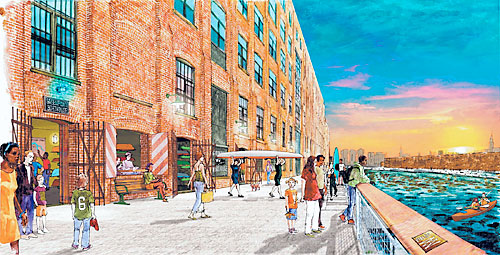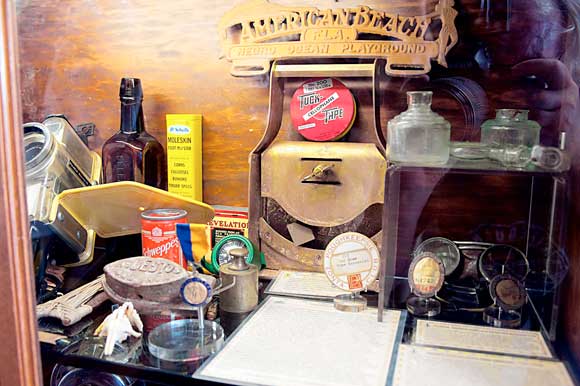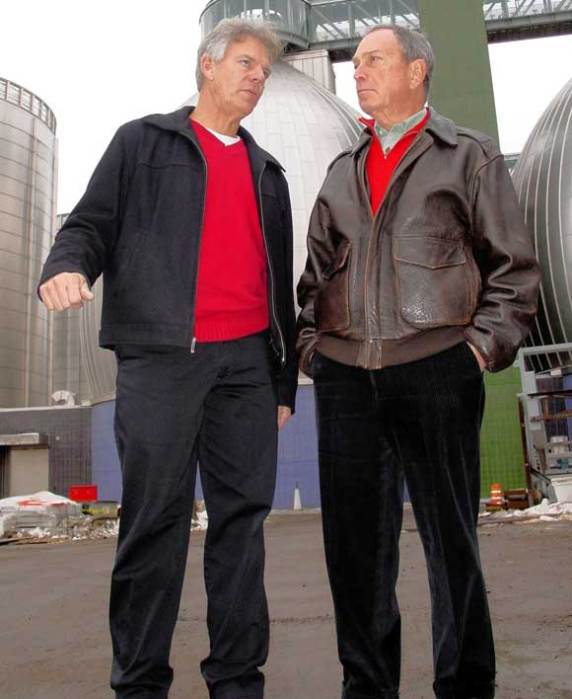They’re piping hot!
Northern Brooklynites blasted National Grid reps for beginning construction on a seven-mile pipeline slated for installation under the streets of Williamsburg and Bushwick — without telling locals about their scheme.
“Almost no one knew you were doing this work,” said Greenpoint resident Kevin LaCherra at Community Board 1’s general meeting on Tuesday. “You are here telling this community that you are doing the work — and the work has already begun, the ground is trenched, the pipe is laid.”
The company is currently tearing up the streets around the neighborhoods to install a seven-mile stretch of natural gas pipeline, which would connect its system in Brownsville to its Maspeth Avenue depot at Newtown Creek — a plan designed to relieve pressure on its network and support economic growth in the area, company officials said.
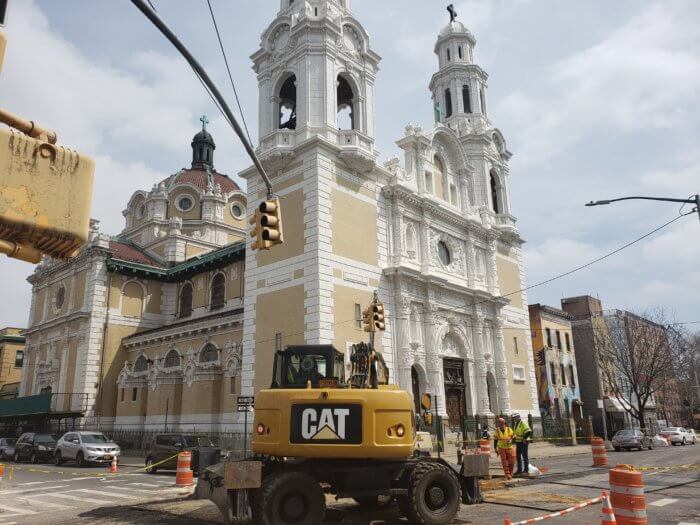
The state’s Public Service Commission signed off on the project’s route in 2017, and split the tube into five phases — starting in Brownsville and snaking its way north to Bedford-Stuyvesant, before heading west through Bushwick in 2019.
Some 4.9 miles of the new pipe are already in the ground and the scheme’s fourth phase started last October.
Workers are currently laying down the pipe around Flushing and Bushwick avenues fronting the Bushwick Houses public housing development, along with Montrose Avenue between Manhattan Avenue and Leonard Street, according to its Jan. 13 newsletter.
The final stretch will extend to Maspeth Avenue, which officials expect to wrap construction in 2021.
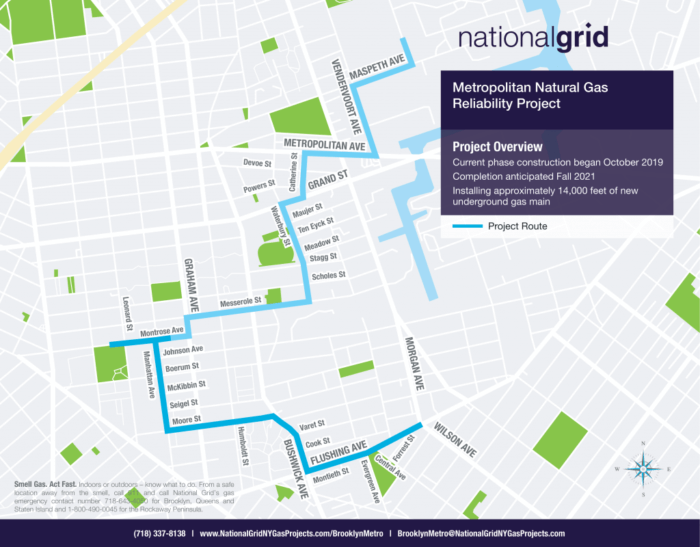
Phases 4 and 5 (shown in blue and light blue) of the new pipe extension in north Brooklyn.Courtesy of National Grid
One nearby resident slammed the company, saying no one in her building complex knew anything about the pipeline — until they had to move their cars out of the way for construction work!
“How can you say you communicated anything to this community,” said Antonia Ortiz. “No one knew about this until they had to get their car because they were digging a hole.”
A rep for the firm said they have staff on the ground notifying locals and that they post weekly progress updates on the project’s website.
In addition to the nearby residents upset by the construction, the project has also drawn vocal opposition from environmentalists with the advocacy group Sane Energy Project, who raised concerns that the new pipe could be dangerous by rupturing and sending explosions through the neighborhoods — as has been the case with more rural gas pipelines across the country.
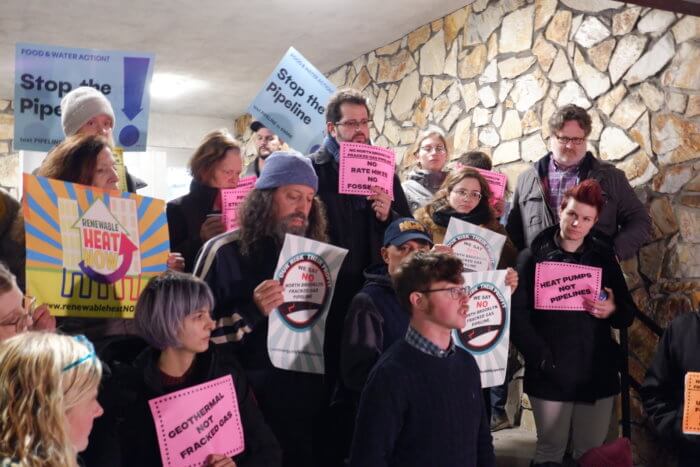
Protestors gathered in opposition to the gas main extension ahead of Community Board 1’s general meeting at Ainslie Street on Jan. 14.Photo by Kevin Duggan
Reps for the utility company assured attendants that the new pipe will be safe, and that it could not rupture because pipes running through cities carry far less gas at lower pressure than the larger interstate pipelines.
“[The] blast zone question does not apply because the pipe is designed differently to operate in an urban environment as opposed to operating as an interstate pipeline at a much higher pressure going through a rural area,” said Nat Grid engineer Peter Metzdorff. “This is not an interstate pipeline.”
The company sources its gas from four interstate pipelines — two from Texas, one from Tennessee, and another from Canada — and the gas pressure reduces from about a thousand pounds to only 15 pounds within tubes running beneath the borough’s streets.
With those safety measures in place, the pressure in sub-city tubes is about half the pressure of a car tire, according to spokesman Keith Rooney.
“This project is all about safety and reliability,” Rooney said. “It has nothing to do with pipelines.”
But advocates said that gas gurus should not only consider immediate dangers, but also the larger issues — like climate change.
“This neighborhood does not want to be held hostage by a public utility company that is supposed to be working for us,” LaCherra said. “We don’t want this pipeline, we want National Grid to invest in renewable energy now. Climate emergency is coming and we don’t have any time to waste.”
















